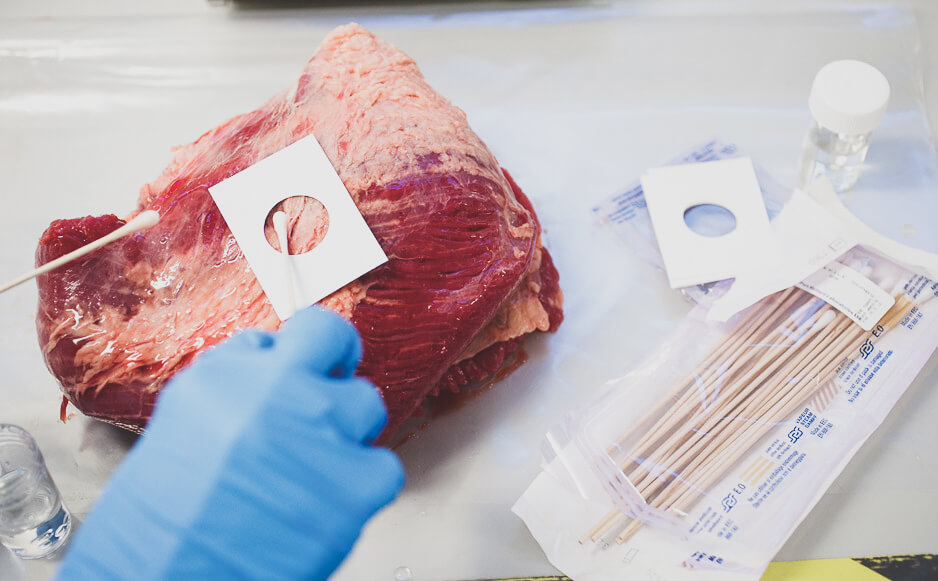The historical trajectory of food safety standards in the United States has been shaped by pivotal legislations, one of which is the Meat Inspection Act. Designed to protect public health and prevent the sale of adulterated meat products, this act holds significant implications for food safety, quality assurance, and regulatory professionals. In this article, we explore the scientific foundation, consequences, and contemporary relevance of the Meat Inspection Act.
Scientific Underpinnings of the Meat Inspection Act:
Enacted in 1906, the Meat Inspection Act emerged from growing concerns about foodborne illnesses stemming from unsanitary practices in slaughterhouses and meat processing facilities. The act sought to address these concerns through the establishment of federal oversight and the enforcement of rigorous inspection protocols. By grounding its regulations in scientific principles, the act aimed to ensure the microbiological safety of meat products.
Public Health and the Prevention of Disease:
The pivotal objective of the Meat Inspection Act was to elevate public health by curbing the spread of foodborne diseases associated with contaminated meat. Scientific research had revealed that improper processing and handling of meat could lead to the proliferation of harmful pathogens such as Salmonella and E. coli. By mandating stringent inspection procedures, the act aimed to minimize the risk of disease transmission through meat consumption.
Evolution and Modern Implications:
The Meat Inspection Act set a precedent for the establishment of robust regulatory frameworks that extend to the present day. Its principles continue to guide the work of food safety, quality assurance, and regulatory professionals who oversee various stages of the food supply chain. Scientific advancements in microbiology and food safety have further refined inspection methods, enabling professionals to detect pathogens with greater accuracy.
Enhancing Safety Through Rigorous Compliance:
Modern food safety professionals remain custodians of the principles enshrined in the Meat Inspection Act. They uphold these standards through meticulous inspection, adherence to sanitation protocols, and continuous monitoring of the evolving regulatory landscape. The integration of scientific knowledge into inspection practices empowers professionals to identify potential hazards, thereby preserving consumer health.
Utilizing Innovative Tools:
In the pursuit of maintaining the integrity of the food supply chain, innovative tools like SGS Digicomply offer a technological advantage. Regulatory professionals can leverage real-time data analytics, compliance tracking, and predictive insights to anticipate challenges and implement proactive measures. Such tools align with the scientific foundations of the Meat Inspection Act, enabling professionals to uphold its principles in a rapidly changing environment. Explore SGS Digicomply platform now.





.webp?width=1644&height=1254&name=Food%20Safety%20Dashboard%201%20(1).webp)
